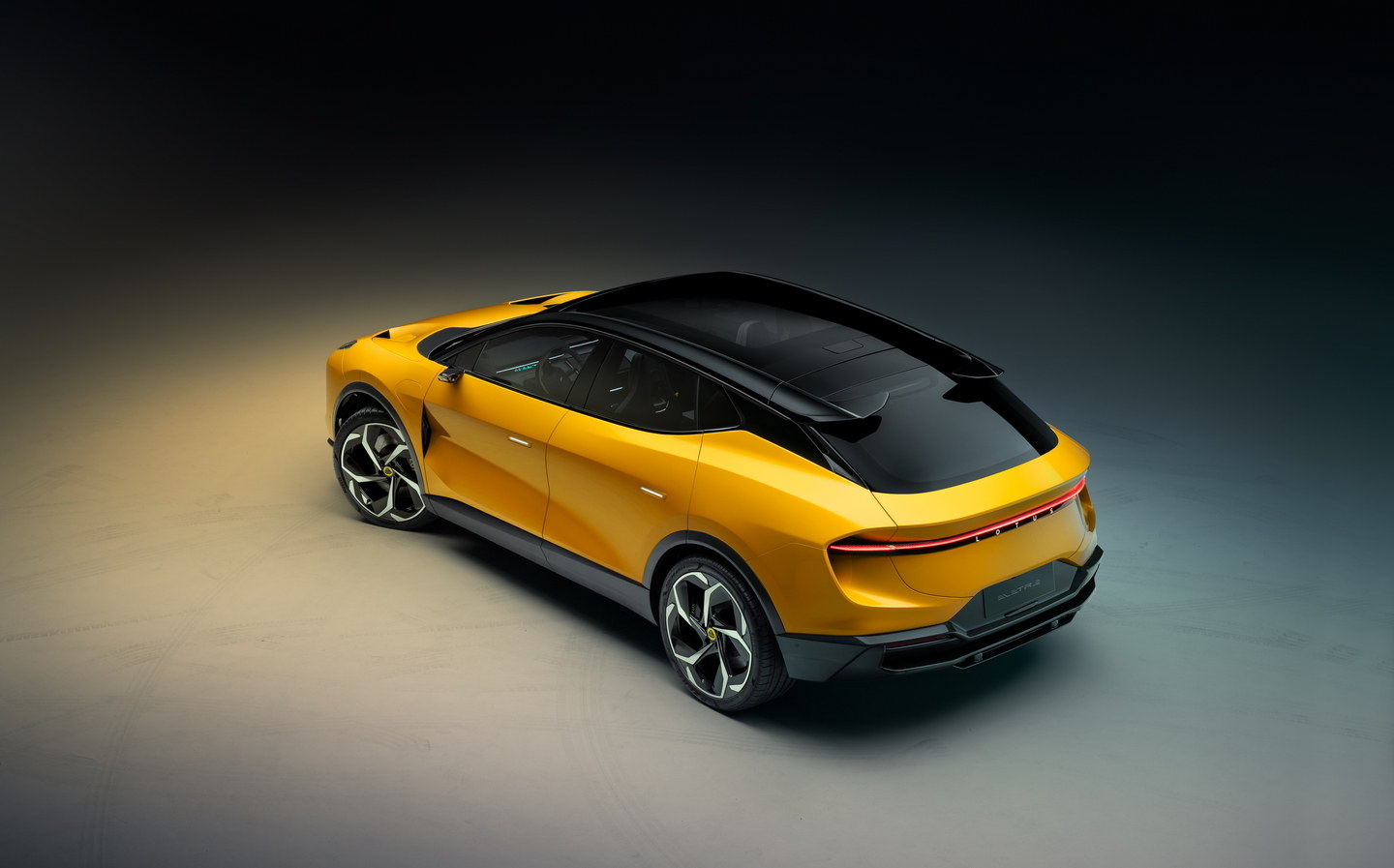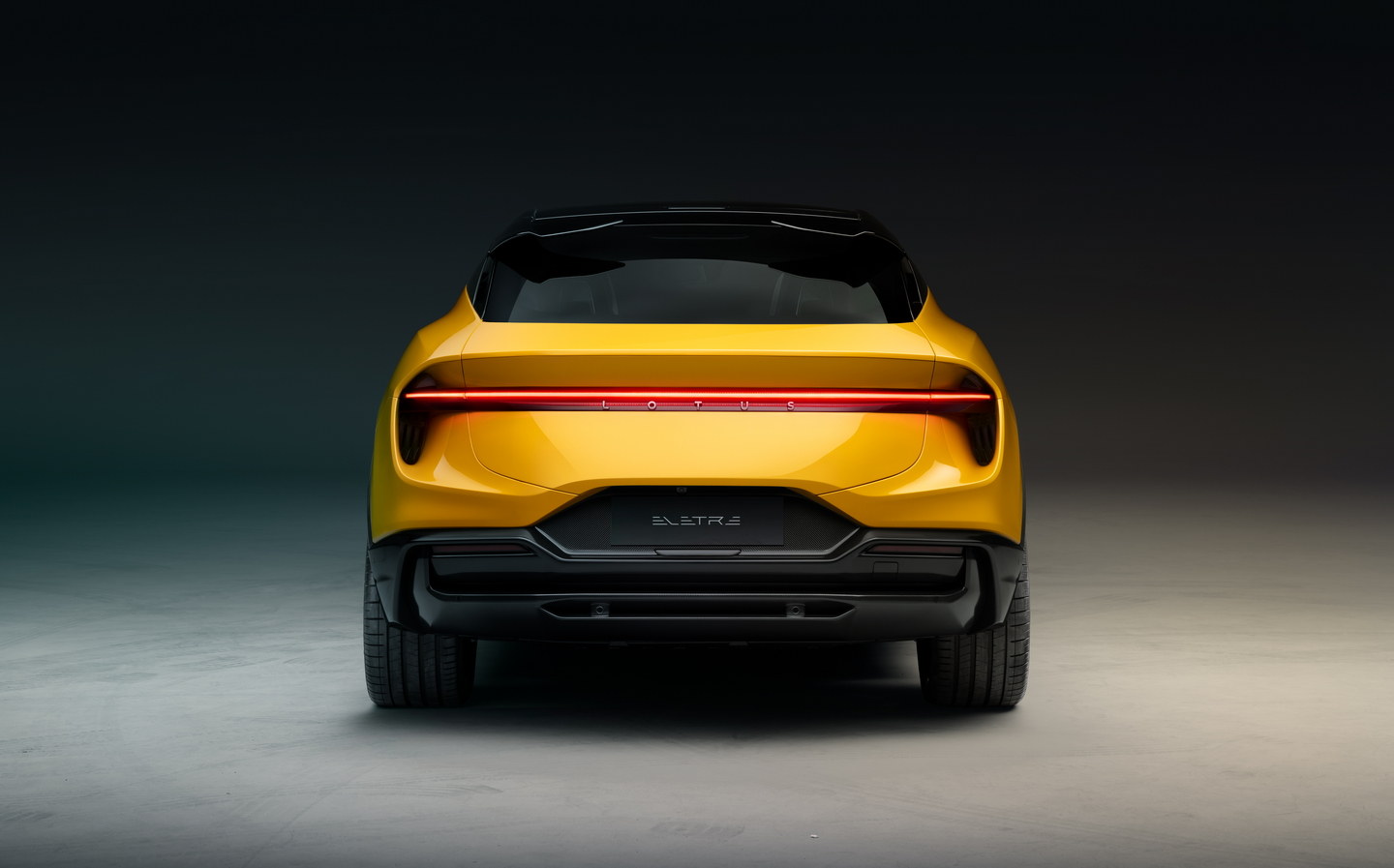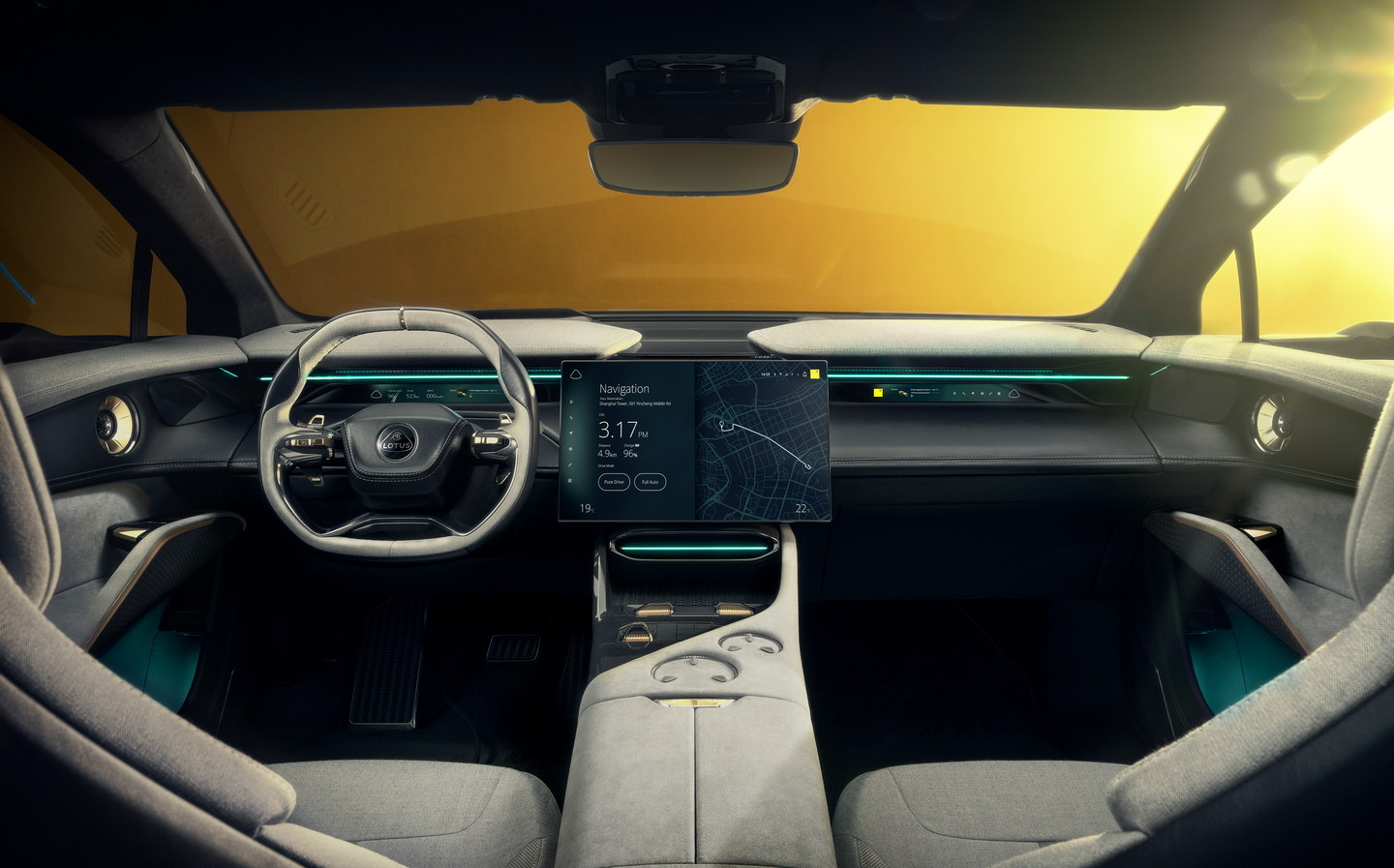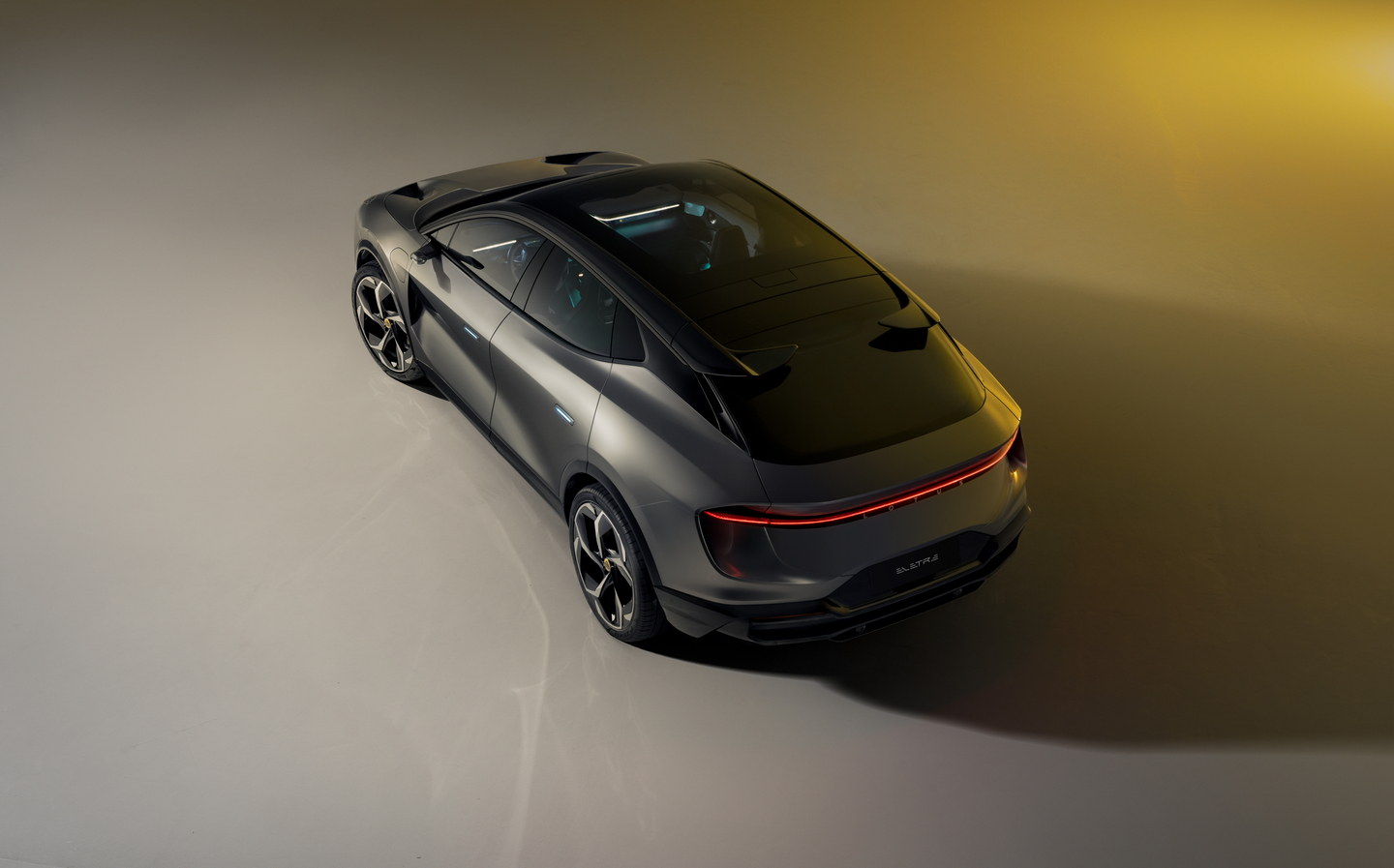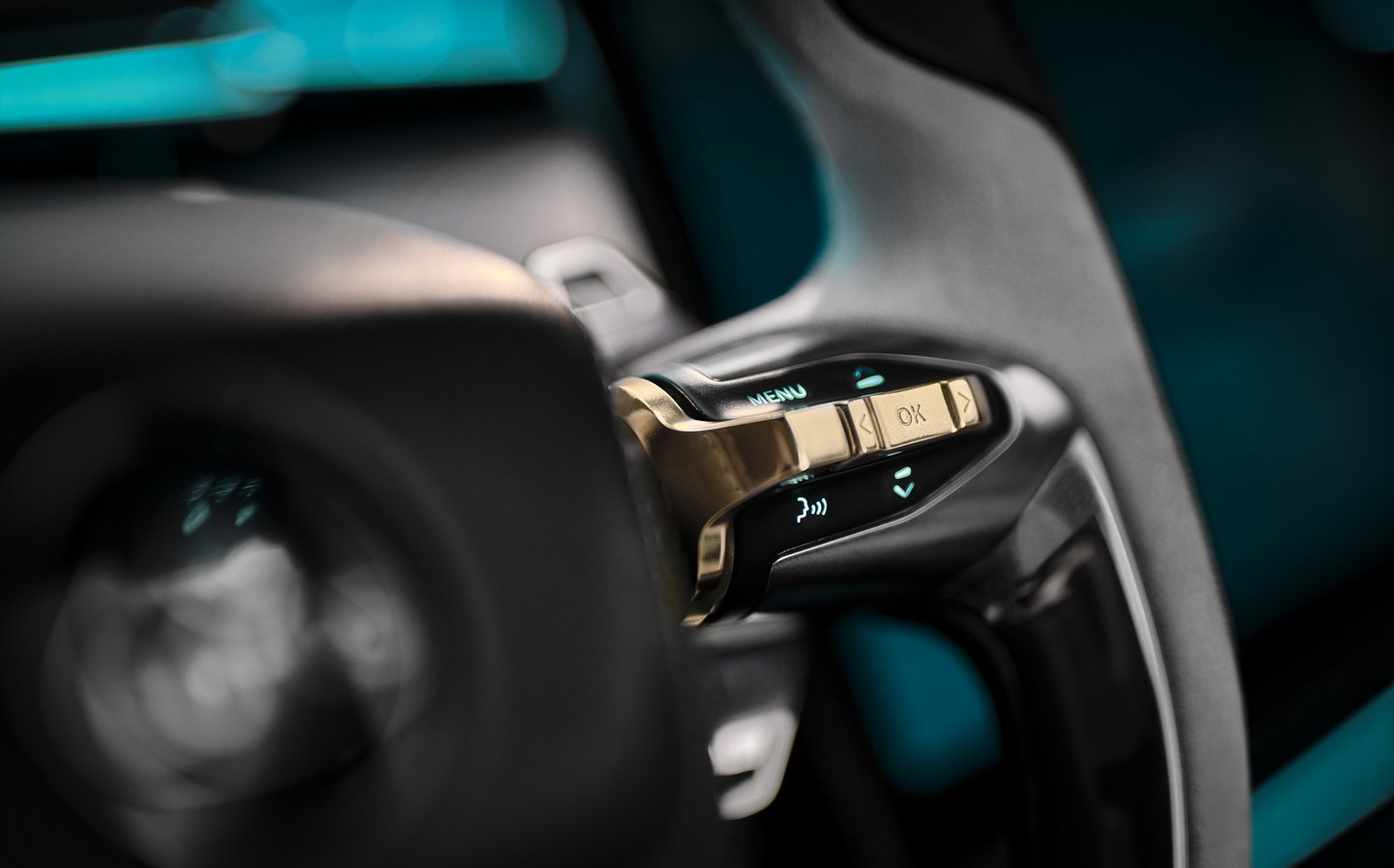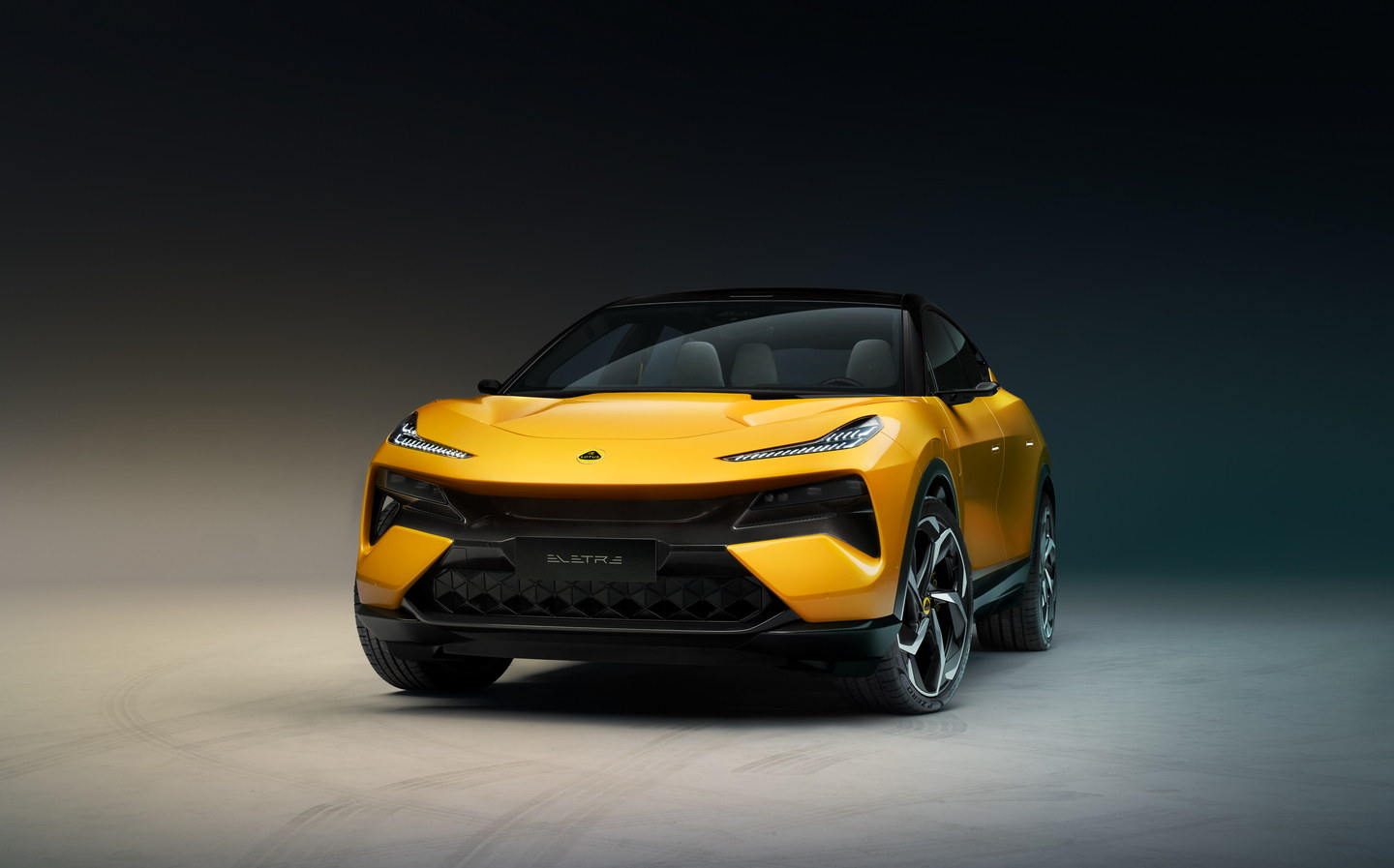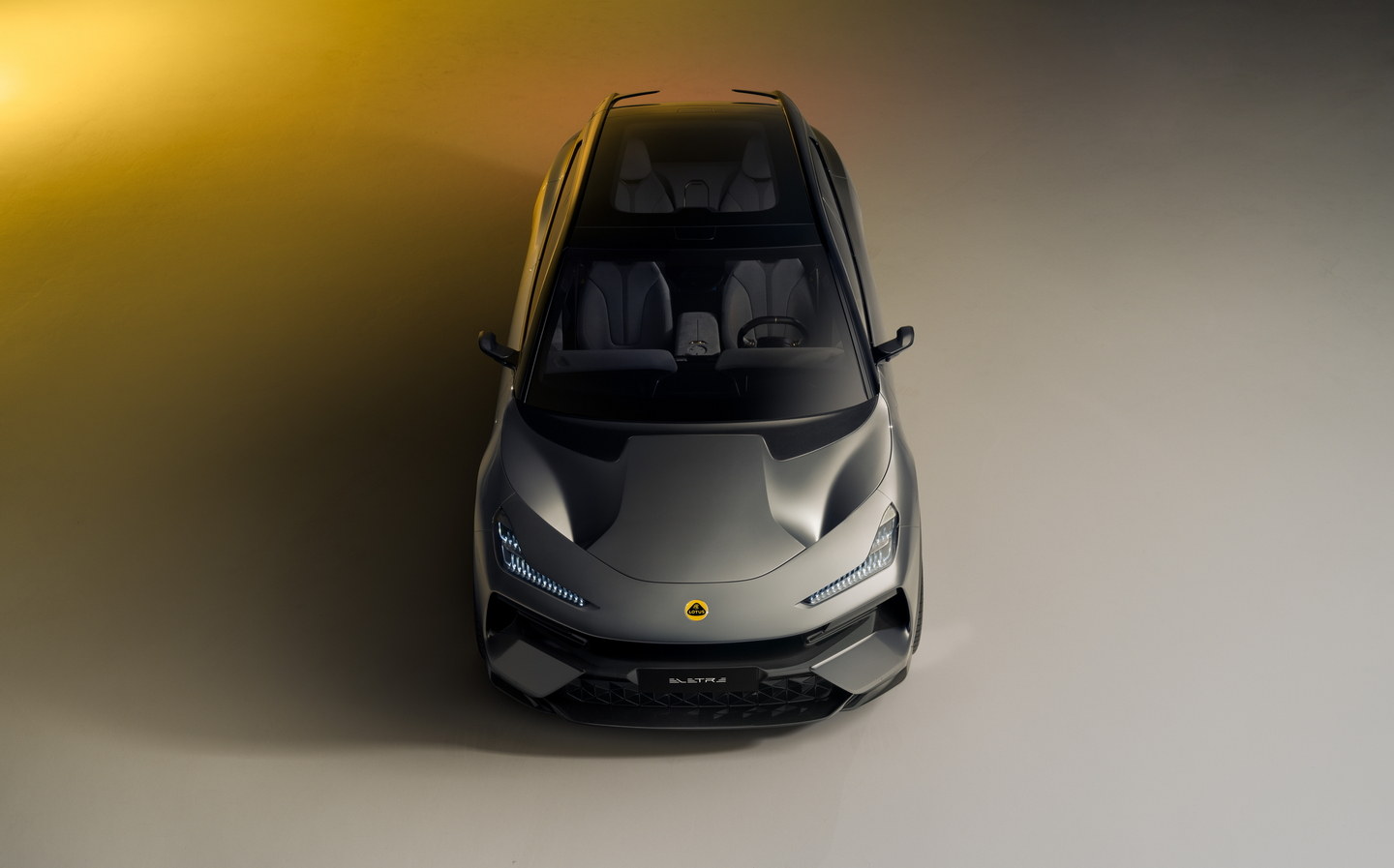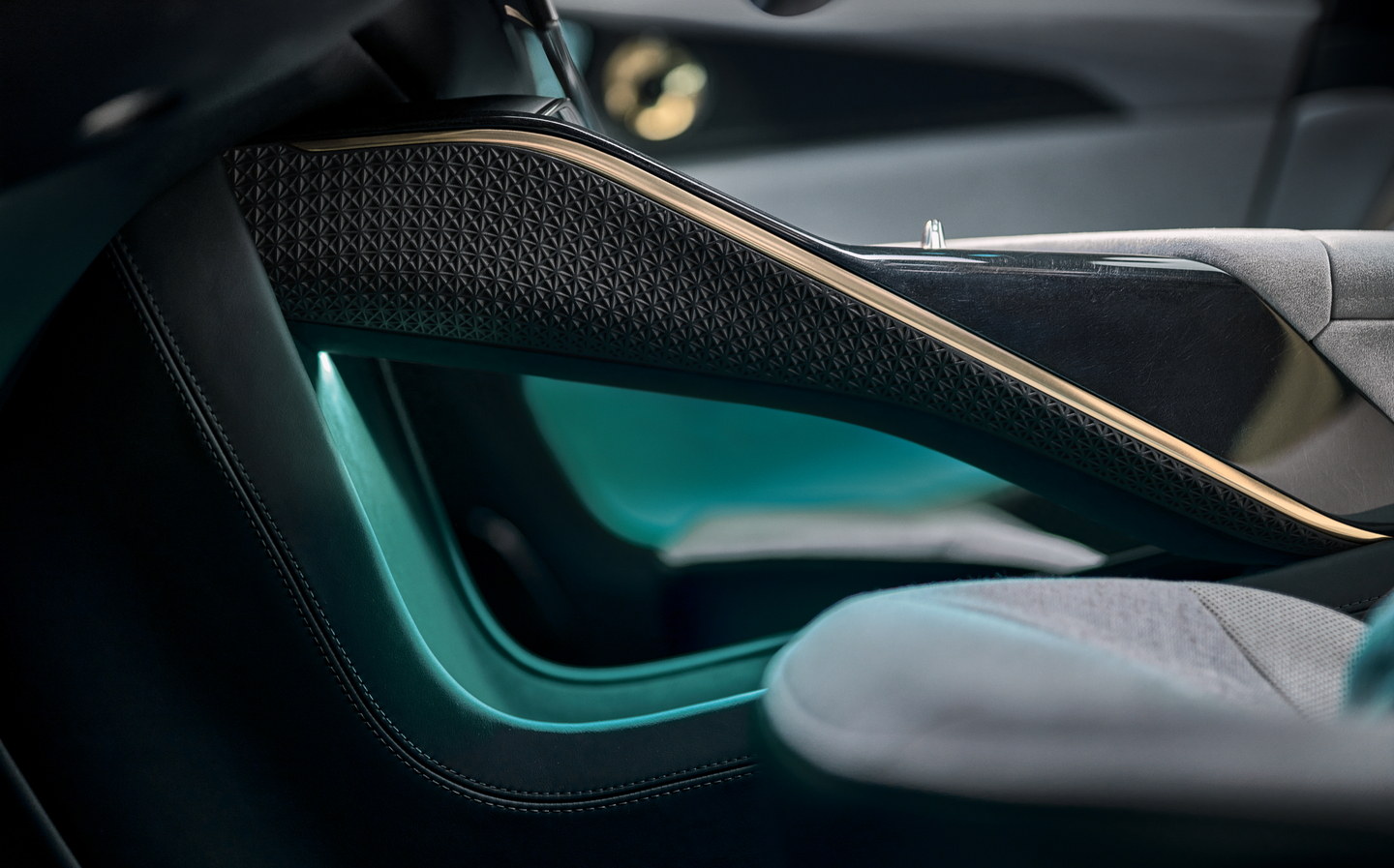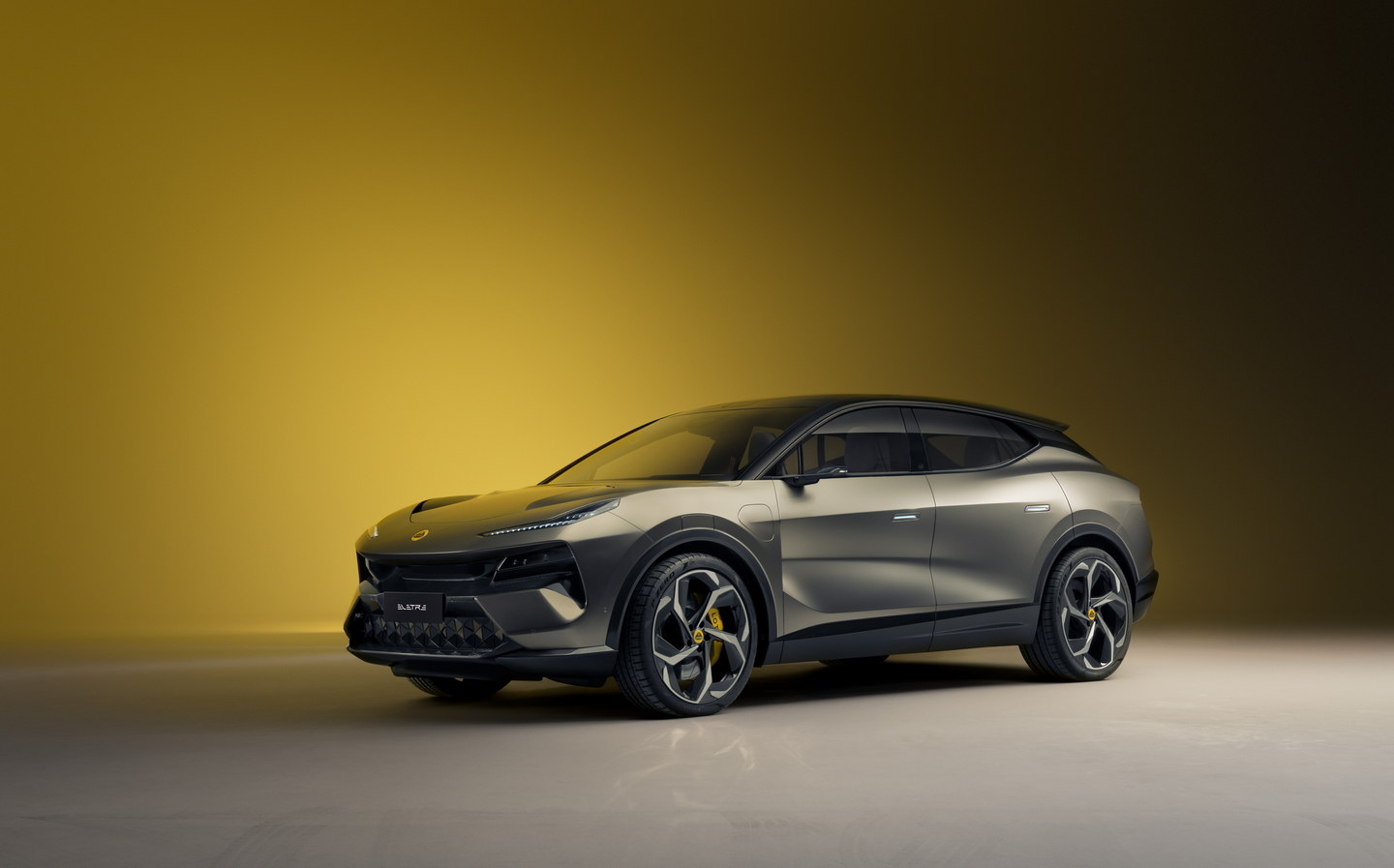Lotus Eletre SUV unveiled with predicted 373-mile electric range
Simplify, then add batteries
Lotus has revealed the Eletre (pronounced el-etra), a pure-electric vehicle that marks a number of firsts for the company including its first SUV, first car with five doors, first vehicle that isn’t a sports car and the first Lotus since the 1960s not to be built at its Hethel factory in Norfolk.
Formerly codenamed Type 132, the Eletre name is derived from the Hungarian phrase “életre kel”, which roughly means “coming to life”, an appropriate moniker in that the plug-in SUV marks a new chapter for the company; one that at least partly takes place in China, where the Eletre will be built in a factory owned by Lotus’s parent company, Geely.
“The Eletre is a bold and revolutionary new car, delivering on our commitment to move Lotus into completely new automotive segments as we widen our global appeal and accessibility,” said Matt Windle, Lotus Cars’ managing director.
“This is a momentous point in our history and a clear signal of our ongoing desire to transform our business. It is a true Lotus, and we’re confident it will delight performance car customers and offer a distinct alternative to the segment’s established players.”
Exterior design influenced by Evija hypercar
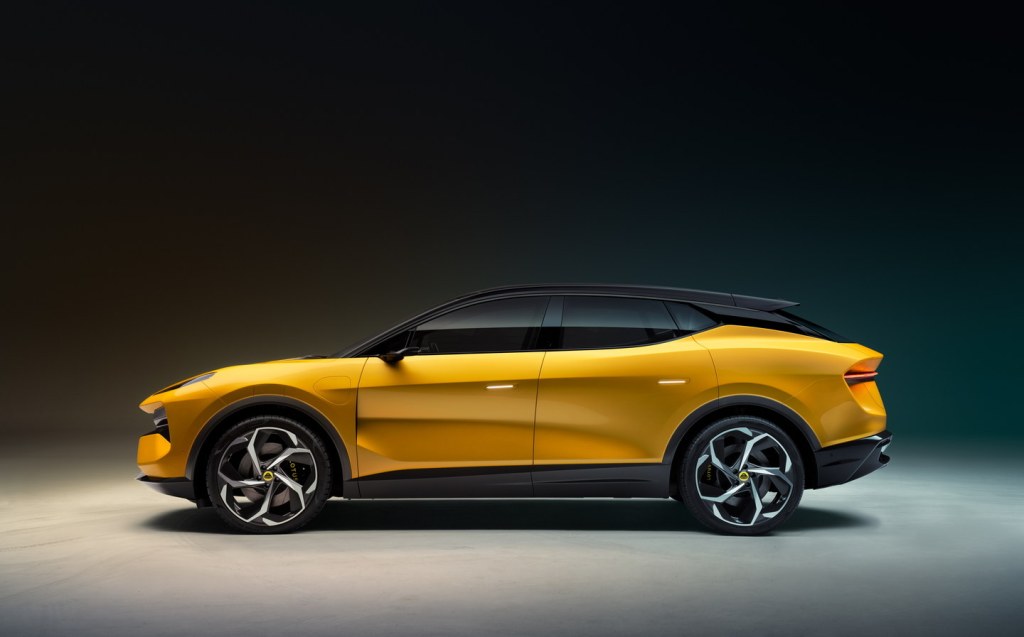
At first glance, the fundamentals of the design are similar to other performance SUVs — long wheelbase, short overhangs and floating black roofline.
Look closer though and the Eletre, for all its more upright stance, shares some design elements (particularly aerodynamic ones) with the company’s new sports models, the Evija and Emira, and its ethos is described by its designers as “porous” and “carved by air”.
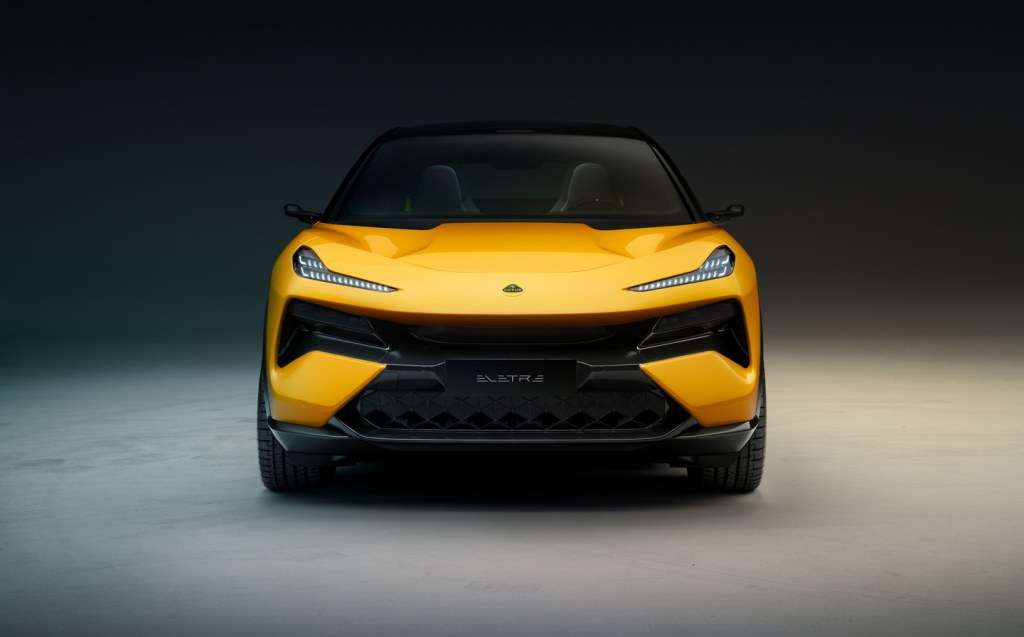
Air channelled under the car at its leading edge is expelled through vents in the bonnet, for example, while more of these air channels exist behind the front and rear wheels and atop the D-pillar, echoing the Evija electric hypercar. Another aerodynamic concession is the front grille whose shutters remain closed to reduce drag unless the battery, powertrain or brakes require additional cooling.
Moving back along the side of the car, past the thin, LED Matrix headlights, the charging port is located in the front wing, while instead of conventional door mirrors, the Eletre gets camera pods that, as well as providing a rear view for the driver, also house part of the 360-degree parking camera system and another sensor that works as part of the car’s suite of advanced driver assistance and safety features.
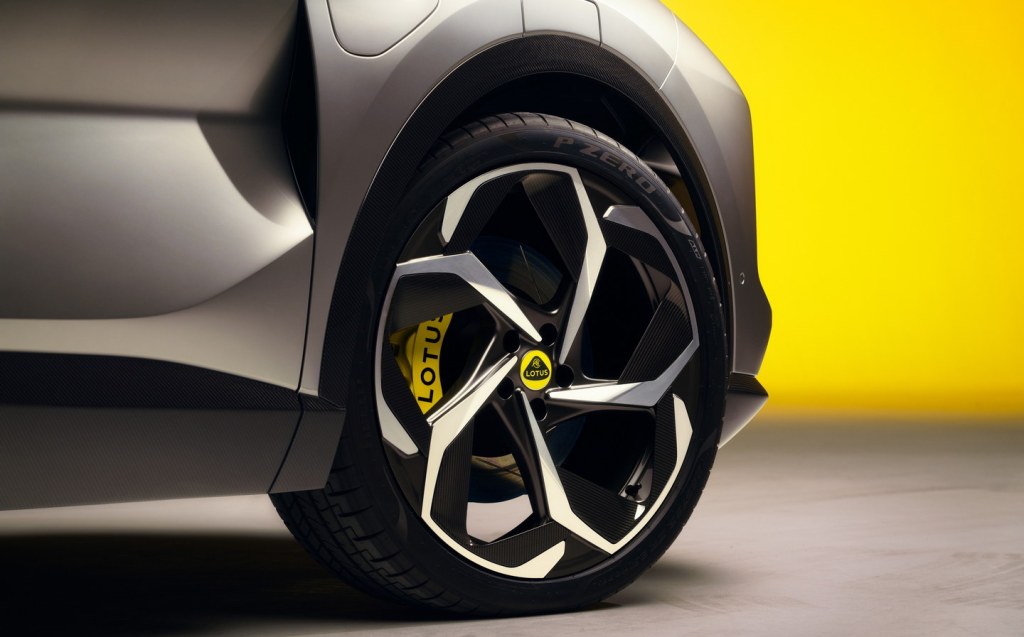
The door handles are flush with the body, and the whole car sits on alloy wheels that can be optioned up to 23in in diameter.
The rear of the Eletre features a full-length light bar, which, when parked, can appear in four colours, both as part of a theatrical unlocking sequence and to indicate the level of battery charge — handy for drivers looking out of the window of a motorway café waiting for their car to charge, for instance.
Minimalist cabin
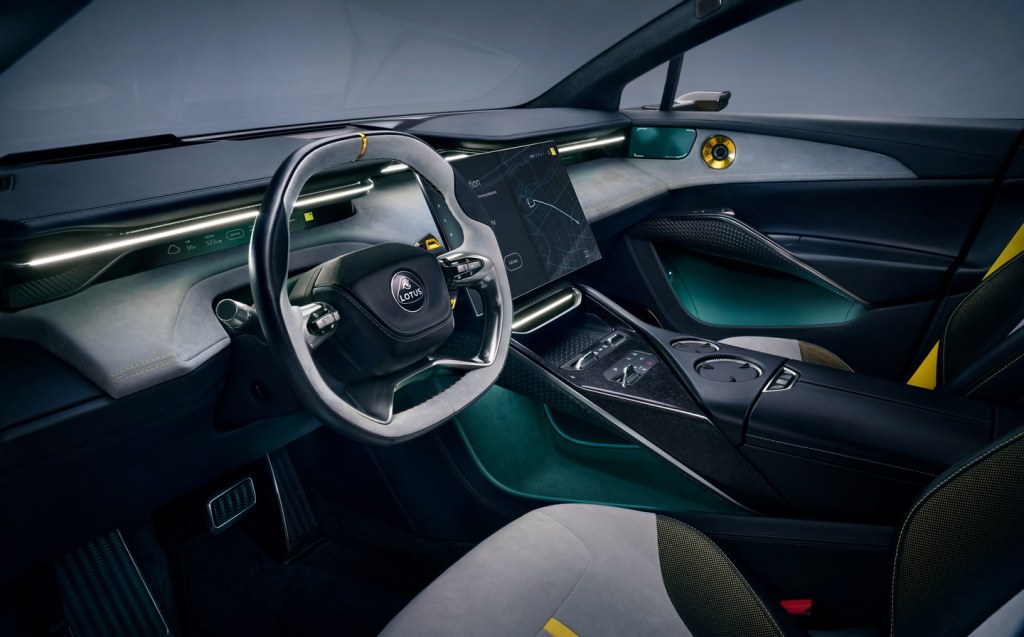
The interior design echoes the sharp, edgy, angular styling of the exterior, particularly the triangular design elements of the front grille.
It’s not a cluttered layout, with just a narrow ribbon of information in front of the driver and a large folding central touchscreen (15.1in) eliminating most of the buttons and knobs, though some analogue switches remain.
A head-up display can also be optioned to provide the driver with more information. The ribbon strip is repeated on the passenger side, relaying different messages such as the music selection or nearby points of interest.
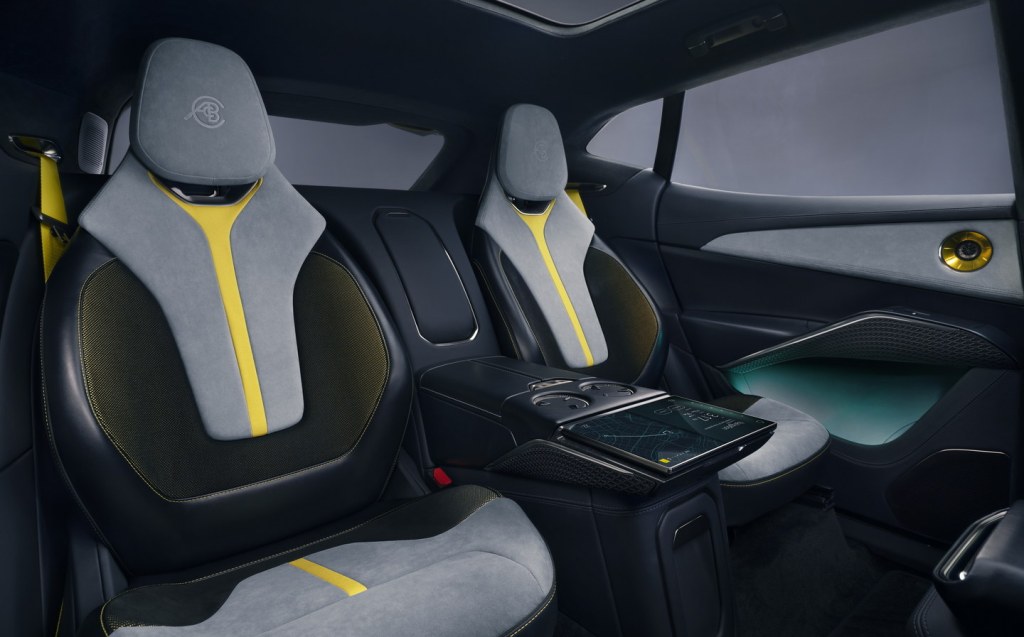
The standard stereo is a 15-speaker system by British premium brand Kef, which was also chosen for the Emira. Buyers can upgrade to a 23-speaker Kef set-up should they prefer.
Interior materials consist of a wool-blend fabric for the seats (claimed to be 50% lighter than leather) and carbon-fibre that has been machined into a more marble-like finish than traditional carbon-fibre weave.
Because the Eletre uses Light Detection and Ranging (lidar) sensors rather than radar and cameras to provide the basis for its advanced driver assistance systems, Lotus claims that the technology is future-proofed against rapid technological advances and can be updated ‘over the air’.
Although the company says that the lidar system “supports end-to-end autonomous driving technology”, there’s no indication as yet that the Eletre will move beyond Level 2 self-driving capability with technologies present including adaptive cruise control, lane keeping assist and lane change assist.
The Eletre’s battery has a capacity of “100+kWh” and, as with Teslas, is mounted skateboard style under the cabin floor, keeping the centre of gravity as low as possible. The bespoke Lotus-developed underpinnings are not currently shared with other vehicles under the Geely umbrella.
The battery pack supplies power to front and rear electric motors that together produce around 600bhp or more, and the range between charges is claimed to be around 373 miles.
With its new 800-volt charging architecture, the Eletre should be able to add an 248 miles of range in 20 minutes when using a 350kW rapid charger (rare in the UK today but will become more commonplace).
All figures are provisional, however as the Eletre hasn’t finished testing.
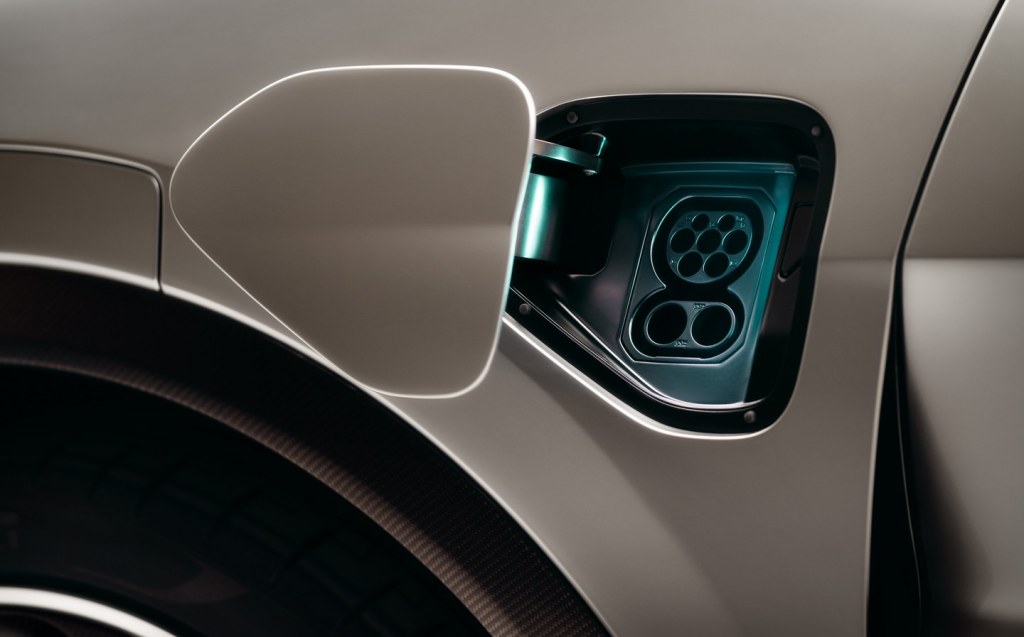
Lotus’s director of attributes and product integrity Gavan Kershaw, said:
“Dynamically, the Eletre has been developed to deliver everything you would expect from a Lotus – outstanding ride and handling, highly communicative steering and exceptional driver engagement. From a performance perspective, we know the world is watching so there has been an obsession with getting everything just right.”
In Windle’s words: “The Eletre has the soul of a Lotus and the usability of an SUV.”
We will find out if that’s true after the Eletre enters production later this year. The first customer deliveries are expected in 2023.
Related articles
- If you were interested in the Lotus Eletre, the company’s first SUV, you may want to read that the fuel duty cut makes road pricing ‘more urgent’
- Also check out our guide to synthetic e-fuels
- Huge spike in demand for electric cars and bikes as fuel shortage crisis bites
Latest articles
- Bedeo Defender 110 2024 review: Does electric Landie with in-wheel motors make for a perfect off-roader?

- F1 2024 calendar and race reports: What time the next grand prix starts and what happened in the previous rounds

- BYD Seal U 2024 review: Chinese brand adds plug-in hybrid SUV to its electrified line-up

- New Mini John Cooper Works revs up for Nürburgring 24-hour race debut

- Ineos Grenadier Quartermaster 2024 review: British pick-up is a tough mudder but too flawed to be a real workhorse




